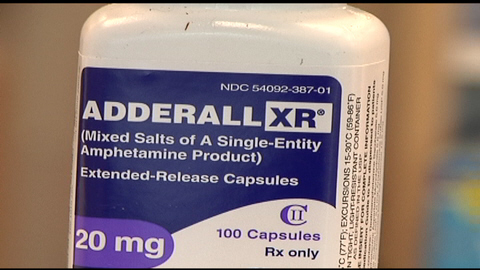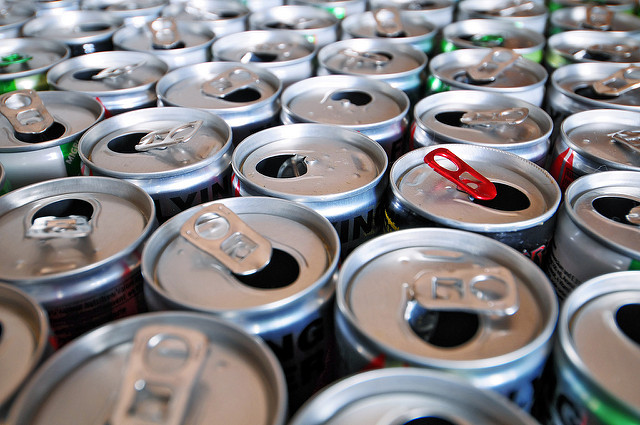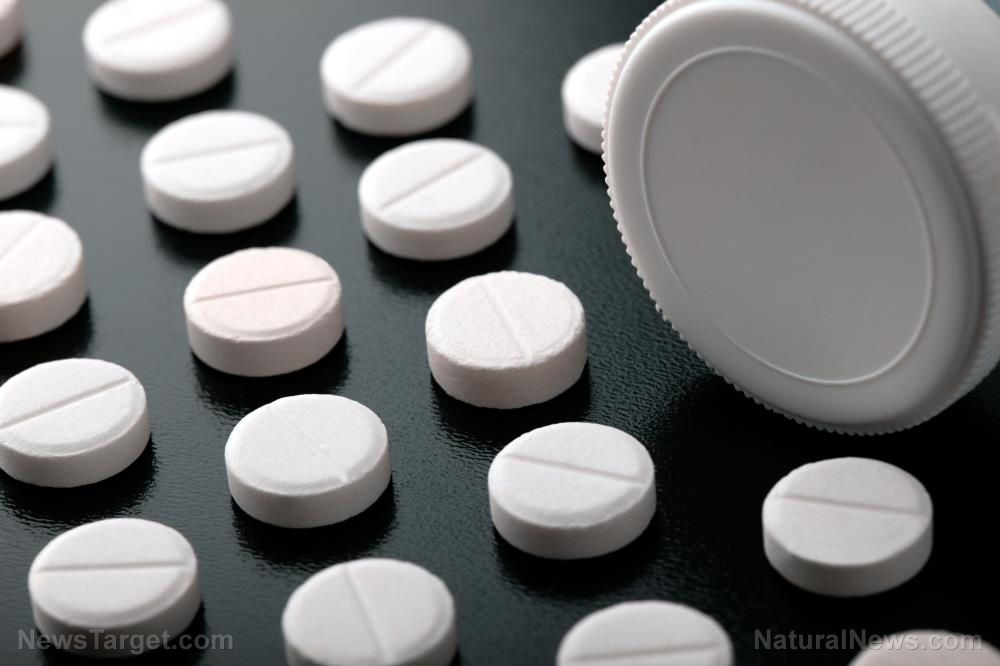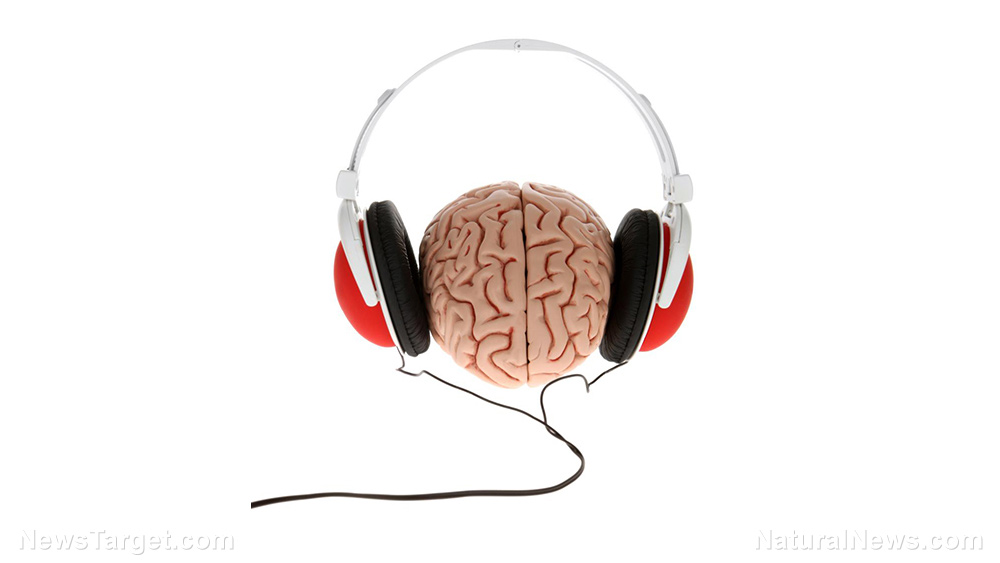
Phthalates are recognized to be toxic. Their use in children’s toys, for example, has long been banned by the EU, although regulation here is still being debated. Despite an October 2017 ruling which voted to finalize the banning of five types of phthalates in children’s products, phthalate use in America is still largely unregulated. Worse, phthalates are indiscriminately used in the medical industry.
Sören Verstraete, M.D., and Ph.D. student at Katholieke Universiteit (KU), who led the research stated, “phthalates have been banned from children’s toys because of their potential toxic and hormone-disrupting effects, but they are still used to soften medical devices.”
This irresponsible use has been clearly linked to the abnormal development of the brains of children who were placed in an intensive care unit. (Related: Phthalates Danger: Chemicals in Plastics Put Unborn Babies At Risk.)
“We found a clear match between previously hospitalized children’s long-term neurocognitive test results and their individual exposure to the phthalate DEHP during intensive care,” said Verstraete.
Di(2-ethylhexyl)phthalate (DEHP) is the most commonly used plastic softener in a variety of medical devices made of polyvinyl chloride (PVC).
As part of the study, Verstraete and his team observed 100 healthy children and 449 children who were placed in a pediatric intensive care unit (PICU) over four years. All children were measured for DEHP metabolites (or their associated byproducts) in their blood. Most of the PICU children were recovering from a heart surgery, but some were being treated for severe infections or accidental injuries.
Initially, the blood tests were given to the healthy children and 228 patients in the PICU. The PICU children had one to 12 medical tubes attached to them and ranged in age from newborn to 16-years-old.
Healthy children had no noticeable levels of DEHP in their blood. However, PICU children, who were normally critically ill and already connected to catheters, had “sky-high” DEHP levels. Despite these chemical levels decreasing rapidly, DEHP concentrations were still 18 times higher until discharge from the PICU compared to their counterparts.
High exposure to DEHP was strongly correlated to ADHD in neurocognitive testing after four years after discharge. The results held true when the team tested another group of 221 PICU patients.
To further prove the link between phthalate exposure and ADHD risk, Verstraete adjusted the results for other risk factors that could influence neurocognitive outcome as well as length of stay, and complications that occurred within the PICU. It was validated that DEHP explained around half of the ADHD incidences in former PICU patients. The other half could be explained by other factors.
Recognizing ADHD behavior in children
ADHD is a complex disease. Each case is different, and parents need to be extra vigilant in determining their children’s situation. Nevertheless, there are a few signs to watch out for. These include:
- Emotional instability -- ADHD children have difficulties keeping their emotions in check, displaying inexplicable bouts of anger at inappropriate times.
- Trouble waiting -- Children with ADHD often have trouble waiting their turn in classroom activities or when playing games with their peers.
- Lack of focus -- Most notably, ADHD children cannot seem to focus on anything. Children can say that they were paying attention to what was said, but would be unable to repeat the message.
You can read more news about the dangers of phthalates and how they are still being used in the medical industry at Research.news.
Sources include:
Please contact us for more information.























